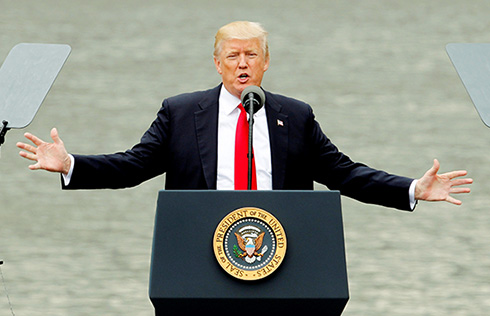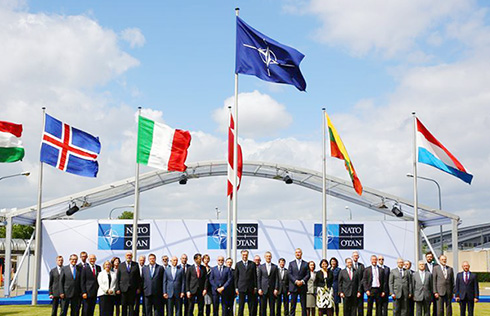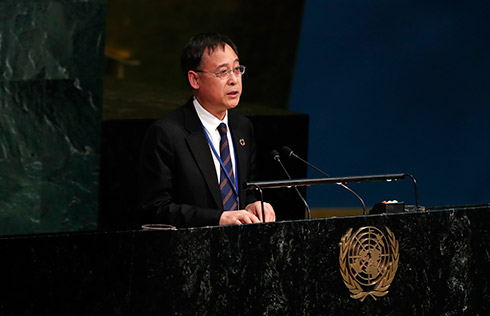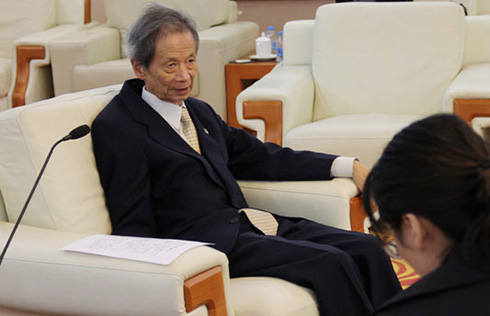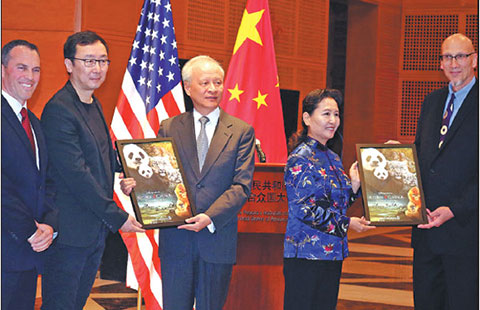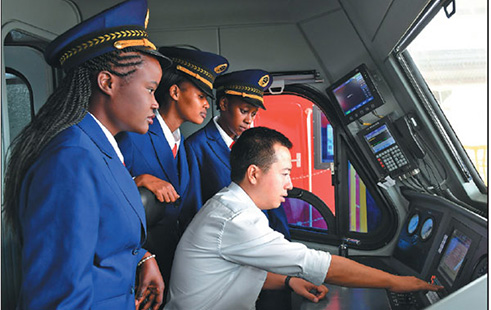'16+1' mechanism opens up new chapter of China-CEE cooperation
BEIJING -- The "16+1" mechanism, a platform created in April 2012 by China and 16 Central and Eastern European (CEE) countries, has injected fresh impetus to cooperation between them.
As a new guideline, the Riga Declaration, issued Saturday at a China-CEE summit, will open new windows for cooperation.
In Riga, Chinese Premier Li Keqiang and CEE leaders agreed to enhance pragmatic cooperation and increase people-to-people exchanges to unleash each other's advantages.
The leaders reaffirmed their support for the cooperation initiative involving the ports at the Adriatic, Baltic and Black Sea and along the inland waterways.
They pointed out that Adriatic-Baltic-Black Sea seaport cooperation would help widen the scope of China-CEE practical cooperation, promote sustainable development in the long run, and contribute to greater synergy between the Belt and Road Initiative and development strategies of CEE countries and the EU's Trans-European Transport Network.
"Adriatic-Baltic-Black Sea seaport cooperation will be a new engine for China-CEE cooperation," said Liu Zuokui, a research fellow with the Chinese Academy of Social Sciences. Liu also noted that Chinese equipment, European technology and CEE markets combined will be a great model for cooperation between China and CEE countries.
On trade and investment, participants in the summit spoke highly of the progress in the ongoing EU-China negotiations over an ambitious and comprehensive investment agreement. They welcomed further trade cooperation through e-commerce platforms.
Trade between China and the CEE countries reached 56.2 billion U.S. dollars in 2015, up 28 percent over 2010. Chinese investment in the 16 CEE countries exceeded 5 billion dollars, while the CEE nations have invested more than 1.2 billion dollars in China.
Data also show that the number of China-Europe freight train lines, since its inception in 2011, has increased to 39. On a regular basis, 16 Chinese cities operate the cargo trains to about a dozen European cities.
China and the CEE countries, many of them emerging markets seeking foreign investment to upgrade local infrastructure, are highly complementary economically, said Yang Yanyi, head of the Chinese mission to the European Union.
By docking the China-proposed Belt and Road Initiative and the development strategies of the CEE countries, the 16+1 mechanism will also be boosted and harvest fruitful results.
Currently, almost half of the CEE countries have signed cooperation memoranda with regard to the initiative with China, with more regional countries are showing interest in it.








